For Meter Pontiffs: Audiophilic Measurement Tools

DarqueKnight
Posts: 6,765
Introduction
As I get older, doing things the hard way becomes an increasingly less attractive way to get things done. If you have been meter pontificating in audiophilia for some time, you know that you sometimes, perhaps often, need to know the working temperature of a piece of gear. Sometimes, perhaps often, you need to know the actual power being sucked out of the wall.
Looking back on my days of youthful indiscretion, I recall how I would simply lay a cheap digital thermometer on the case top or heat sinks of a piece of gear and wait for the temperature to stabilize in the thermometer display. If I needed to calculate power, I would simply measure the wall voltage with a true RMS multimeter and then switch to ammeter mode with the meter in series with the wall circuit to get current. Power was then calculated as V x I.
Fluke Model 561 Infrared Thermometer
The 561 Infrared Thermometer determines the surface temperature of opaque objects by measuring the amount of infrared energy radiated by the object's surface or by direct contact using the supplied thermocouple probe.
The 561 is equipped with a red laser sight to assist with precise aiming of the temperature sensor. Just point and "shoot" and the temperature is instantly displayed.
"Fluke" is an ironic name for a precision test and measurement device manufacturer. I once thought that the name was some sort of inside company joke. I researched the company's history and found out it was founded in 1948 by John Fluke.
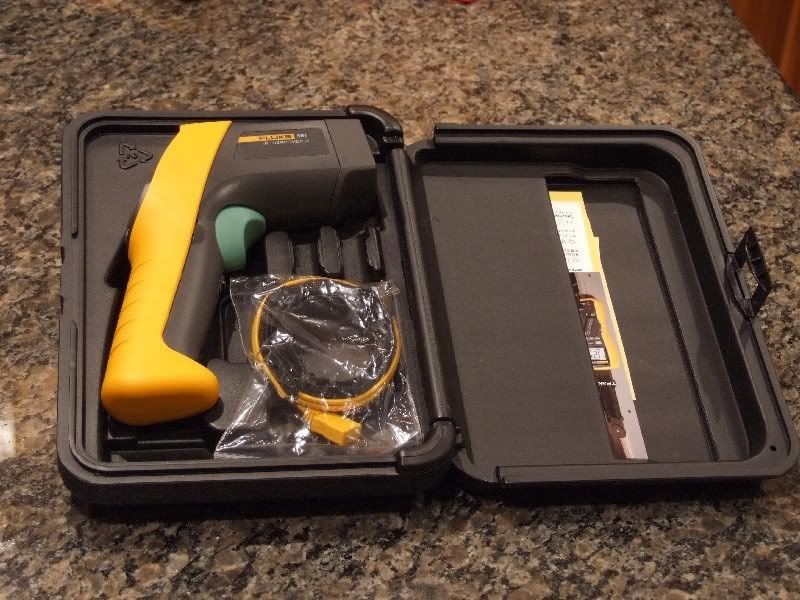
Figure 1. The 561 comes in a handy hard plastic protective case.
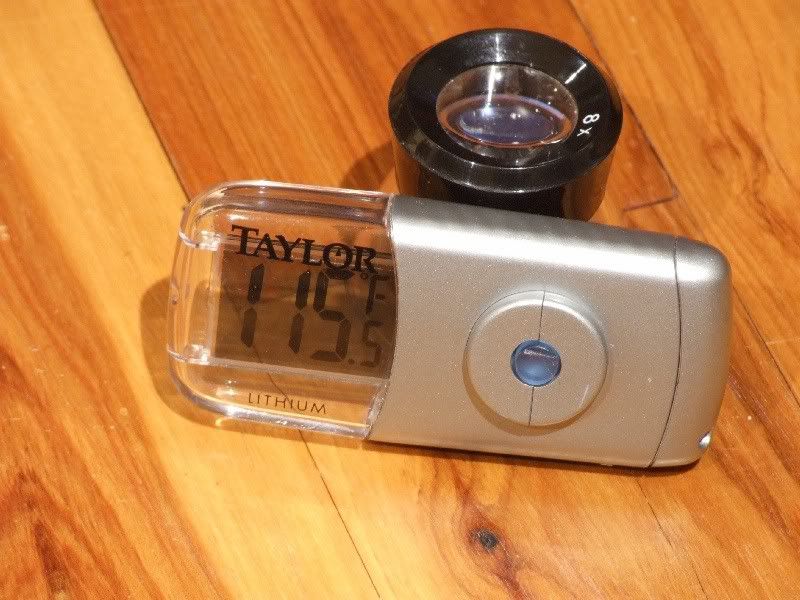
Figure 2. The old paradigm: This $4 digital thermometer, from Wal-mart, measured the heat sink temperature of one of my JC 1 power
amps as 115.5 degrees Fahrenheit.
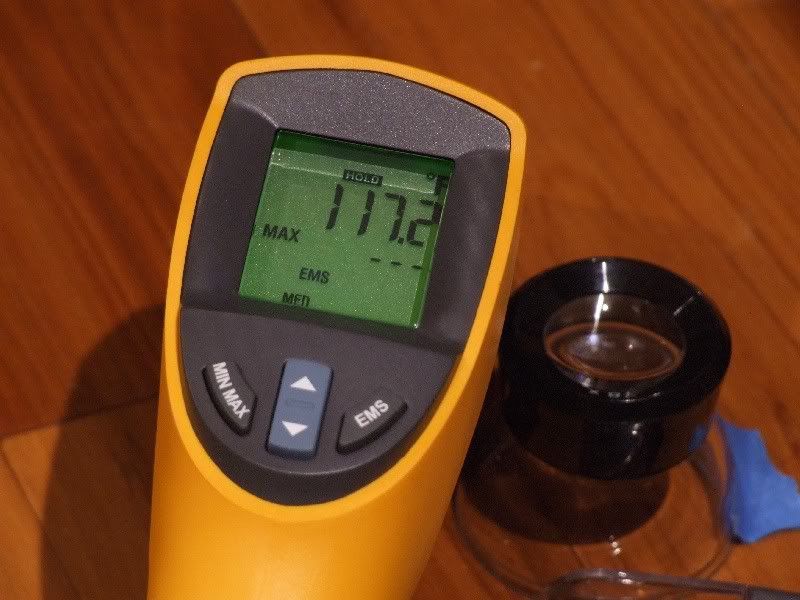
Figure 3. The new paradigm: This infrared thermometer, which cost substantially more than $4, measured the heat sink temperature of the
same JC 1 power amp as 117.2 degrees Fahrenheit.
Which thermometer should I believe? The Wal-mart special thermometer or the thermometer from the world leader in the manufacture, distribution and service of electronic test tools and software? I'll bet on Fluke.
Fluke Model 322 Clamp Meter
Clamp meters calculate the amount of current by measuring the strength of the electric field surrounding the wire. They cannot be used on two conductor cables with current traveling in two directions because the currents traveling in opposing directions will create opposing electric fields that will cancel each other out. The 322 meter also has multimeter functions and probe leads and can measure voltage and resistance.
I made a couple of two-wire (12 gauge, stranded wire) adapters that allow me to close the measuring clamp around a single wire. The first adapter is a three conductor 15 amp socket connected to a three conductor 15 amp plug. The ground pins of each connector are not connected. The second adapter is a 15 amp IEC socket connected to a 15 amp IEC plug. The IEC adapter is used in cases where the wall plug end of a power cord is inconvenient to access.
The wall plug ends of the JC 1's power cords are easier to access than the IEC ends. To measure the idling power used by my JC 1 amplifiers, the amp's power cable was plugged into the adapter's 15 amp plug and the other end of the adapter was plugged into the wall. The probe end of the clamp meter was clamped around one of the adapter's wires to measure the current. The probe leads were inserted into the wall receptacle's other socket to measure voltage.
The JC 1's specifications list an idle power of 250 watts. I measured the left amp as pulling 2.4 amps and the right amp as pulling 2.6 amps. Wall voltage was 122. This equated to an idle power of 293 watts for the left amp and 317 watts for the right amp.
All of the recent outrage in California and Europe about the alleged power hogging of plasma TV's made me wonder how much power was being hogged by my 60" Pioneer Kuro plasma. The Kuro's specifications list a maximum power consumption of 545 watts and an idle power consumption of 0.3 watts. The IEC end of my Kuro plasma TV's power cord is easier to access than the wall plug end, therefore the IEC adapter was used with the 322 clamp meter. The idle current was measured as 0.04 amps (4.8 watts). Watching hi-def television programs and Blu-ray discs with the television's volume turned all the way up, the current draw ranged from 1.8 amps (very dark scenes) to 2.96 amps (very light scenes). This corresponded to a power range of 216 watts to 355 watts. The average current was around 2.25 amps (270 watts). Perhaps if my Kuro's brightness level was set much higher (torch mode) the power consumption would have been higher. However, I wasn't willing to change my TV's settings to find out.
The Kuro plasma TV consumes about the same amount of energy as the combination of two 100 watt and one 75 watt incandescent light bulb. In addition to this, the Kuro dumps less heat into the room than incandescent light bulbs. After one hour of operation, the screen temperature of the Kuro was 85 degrees F. After one hour of operation, the surface temperature of a 100 watt incandescent bulb in one of my bedroom table lamps was 253 degrees F.
I don't understand why plasma televisions are being scapegoated by some energy conservationists. It seems to me that the common practice of forgetting to turn off room lights is a far worse plague on energy resources.
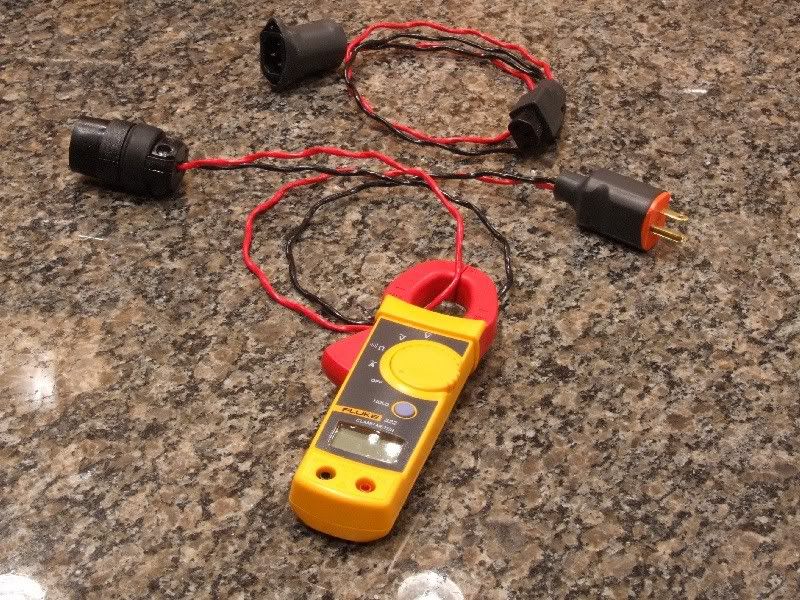
Figure 4. Fluke Model 322 clamp meter with home made two-conductor adapters.
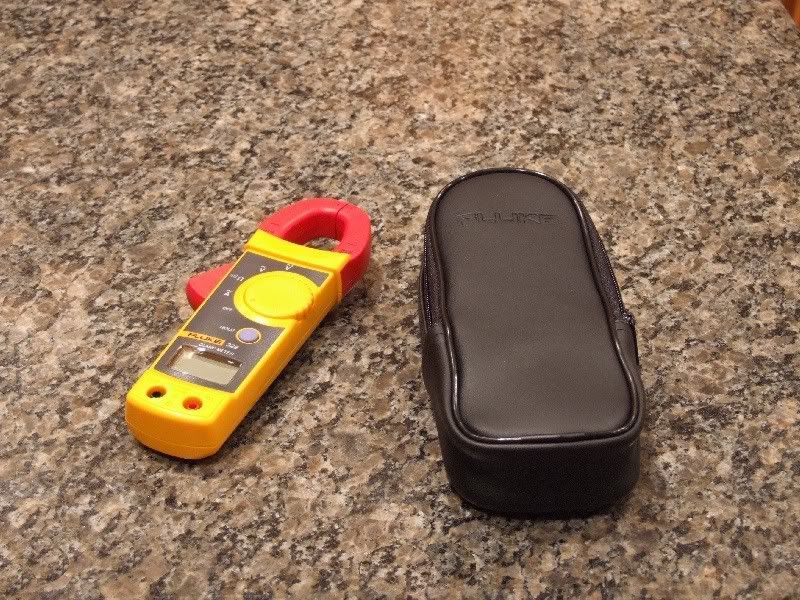
Figure 5. The 322 comes with a thick vinyl case with a belt loop for convenient portability. I understand that some meter pontiffs like to
carry their clamp meters on their belts even when they aren't planning to take measurements. It's a fashion accessory.
As I get older, doing things the hard way becomes an increasingly less attractive way to get things done. If you have been meter pontificating in audiophilia for some time, you know that you sometimes, perhaps often, need to know the working temperature of a piece of gear. Sometimes, perhaps often, you need to know the actual power being sucked out of the wall.
Looking back on my days of youthful indiscretion, I recall how I would simply lay a cheap digital thermometer on the case top or heat sinks of a piece of gear and wait for the temperature to stabilize in the thermometer display. If I needed to calculate power, I would simply measure the wall voltage with a true RMS multimeter and then switch to ammeter mode with the meter in series with the wall circuit to get current. Power was then calculated as V x I.
Fluke Model 561 Infrared Thermometer
The 561 Infrared Thermometer determines the surface temperature of opaque objects by measuring the amount of infrared energy radiated by the object's surface or by direct contact using the supplied thermocouple probe.
The 561 is equipped with a red laser sight to assist with precise aiming of the temperature sensor. Just point and "shoot" and the temperature is instantly displayed.
"Fluke" is an ironic name for a precision test and measurement device manufacturer. I once thought that the name was some sort of inside company joke. I researched the company's history and found out it was founded in 1948 by John Fluke.

Figure 1. The 561 comes in a handy hard plastic protective case.

Figure 2. The old paradigm: This $4 digital thermometer, from Wal-mart, measured the heat sink temperature of one of my JC 1 power
amps as 115.5 degrees Fahrenheit.

Figure 3. The new paradigm: This infrared thermometer, which cost substantially more than $4, measured the heat sink temperature of the
same JC 1 power amp as 117.2 degrees Fahrenheit.
Which thermometer should I believe? The Wal-mart special thermometer or the thermometer from the world leader in the manufacture, distribution and service of electronic test tools and software? I'll bet on Fluke.
Fluke Model 322 Clamp Meter
Clamp meters calculate the amount of current by measuring the strength of the electric field surrounding the wire. They cannot be used on two conductor cables with current traveling in two directions because the currents traveling in opposing directions will create opposing electric fields that will cancel each other out. The 322 meter also has multimeter functions and probe leads and can measure voltage and resistance.
I made a couple of two-wire (12 gauge, stranded wire) adapters that allow me to close the measuring clamp around a single wire. The first adapter is a three conductor 15 amp socket connected to a three conductor 15 amp plug. The ground pins of each connector are not connected. The second adapter is a 15 amp IEC socket connected to a 15 amp IEC plug. The IEC adapter is used in cases where the wall plug end of a power cord is inconvenient to access.
The wall plug ends of the JC 1's power cords are easier to access than the IEC ends. To measure the idling power used by my JC 1 amplifiers, the amp's power cable was plugged into the adapter's 15 amp plug and the other end of the adapter was plugged into the wall. The probe end of the clamp meter was clamped around one of the adapter's wires to measure the current. The probe leads were inserted into the wall receptacle's other socket to measure voltage.
The JC 1's specifications list an idle power of 250 watts. I measured the left amp as pulling 2.4 amps and the right amp as pulling 2.6 amps. Wall voltage was 122. This equated to an idle power of 293 watts for the left amp and 317 watts for the right amp.
All of the recent outrage in California and Europe about the alleged power hogging of plasma TV's made me wonder how much power was being hogged by my 60" Pioneer Kuro plasma. The Kuro's specifications list a maximum power consumption of 545 watts and an idle power consumption of 0.3 watts. The IEC end of my Kuro plasma TV's power cord is easier to access than the wall plug end, therefore the IEC adapter was used with the 322 clamp meter. The idle current was measured as 0.04 amps (4.8 watts). Watching hi-def television programs and Blu-ray discs with the television's volume turned all the way up, the current draw ranged from 1.8 amps (very dark scenes) to 2.96 amps (very light scenes). This corresponded to a power range of 216 watts to 355 watts. The average current was around 2.25 amps (270 watts). Perhaps if my Kuro's brightness level was set much higher (torch mode) the power consumption would have been higher. However, I wasn't willing to change my TV's settings to find out.
The Kuro plasma TV consumes about the same amount of energy as the combination of two 100 watt and one 75 watt incandescent light bulb. In addition to this, the Kuro dumps less heat into the room than incandescent light bulbs. After one hour of operation, the screen temperature of the Kuro was 85 degrees F. After one hour of operation, the surface temperature of a 100 watt incandescent bulb in one of my bedroom table lamps was 253 degrees F.
I don't understand why plasma televisions are being scapegoated by some energy conservationists. It seems to me that the common practice of forgetting to turn off room lights is a far worse plague on energy resources.

Figure 4. Fluke Model 322 clamp meter with home made two-conductor adapters.

Figure 5. The 322 comes with a thick vinyl case with a belt loop for convenient portability. I understand that some meter pontiffs like to
carry their clamp meters on their belts even when they aren't planning to take measurements. It's a fashion accessory.
Proud and loyal citizen of the Digital Domain and Solid State Country!
Post edited by DarqueKnight on
Comments
-
We use a Fluke thermographic imaging camera here at work...in addition to giving you the temperature of an object instantly (like the infrared thermometer), it also gives you pretty color pictures of the infrared image.
I thought the name was funny too. The case for the TIC has "FLUKE" in big letters on the side.Steve Carlson
Von Schweikert VR-33 speakers
Bel Canto eVo2i integrated amp
Bel Canto PL-2 universal disc player
Analysis Plus Oval Nine speaker cables and Copper Oval-In Micro interconnects
VH Audio Flavor 4 power cables
Polk Monitor 10B speakers, retired but not forgotten -
One of my friends brought an infrared thermometer to a recent audio gathering in NC. It proved to be a lot of fun running around checking amps, body parts, food on the BBQ, etc.
 Political Correctness'.........defined
Political Correctness'.........defined
"A doctrine fostered by a delusional, illogical minority and rabidly promoted by an unscrupulous mainstream media, which holds forth the proposition that it is entirely possible to pick up a t-u-r-d by the clean end."
President of Club Polk -
One of my friends brought an infrared thermometer to a recent audio gathering in NC. It proved to be a lot of fun running around checking ... body parts...

I thought about mentioning some experiments I conducted in that area...but...this being an audio forum and all...;)Proud and loyal citizen of the Digital Domain and Solid State Country! -
What's the difference between men and boys? The price of their toys.
 Political Correctness'.........defined
Political Correctness'.........defined
"A doctrine fostered by a delusional, illogical minority and rabidly promoted by an unscrupulous mainstream media, which holds forth the proposition that it is entirely possible to pick up a t-u-r-d by the clean end."
President of Club Polk -
What's the difference between men and boys? The price of their toys.

LOL. How true....Home:
Onkyo TX-6500MKII/Polk LSI 9's (A)Polk TSi 100(B)/Polk PSW 10/Onkyo C-S5VL/Technics SL-QD33
Home 2 (Playback):
Dynaudio BM5A MKII/Dynaudio SUB 250MC/Audigy 2 ZS
College:
JBL LSR 2325P/JBL 2310SP/MOTU UltraLite MKIII -
I use this to insure that my speakers are exactly the same distance from the center of my chair. Let's see, 8' 1 11/16", perfect :rolleyes:
-
I use a Straight-Line Laser Tape.:)Proud and loyal citizen of the Digital Domain and Solid State Country!

